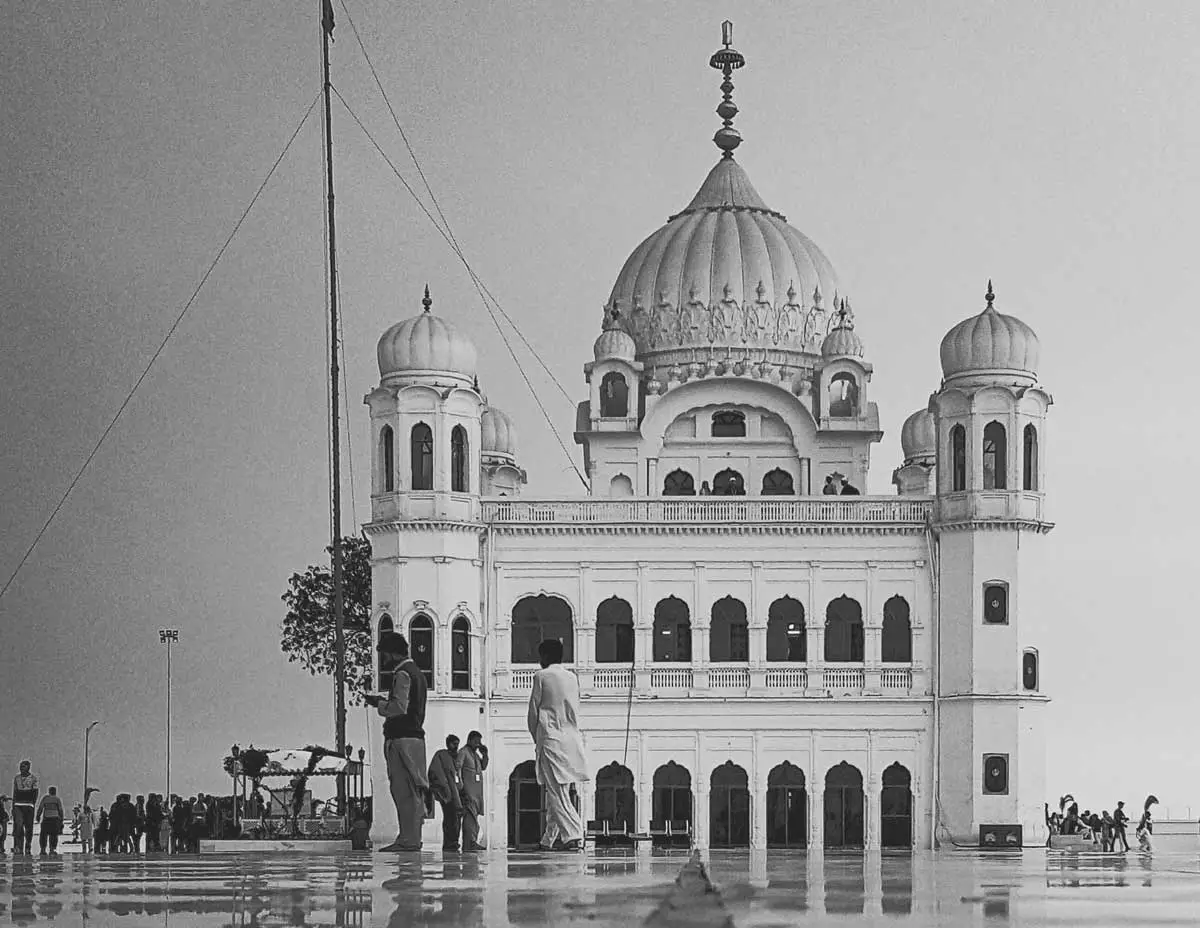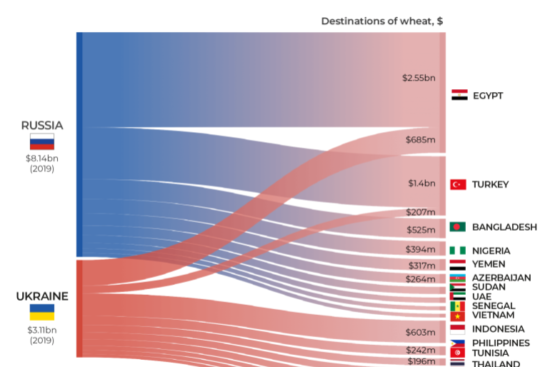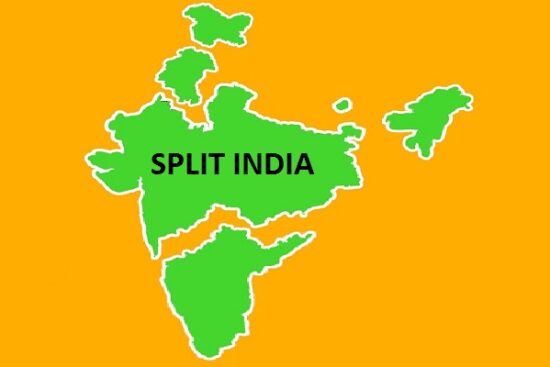
Pakistan is situated in a region that has been home to ancient civilizations, the world’s two major religions Buddhism and Sikhism have remained existent in this land for many centuries. Besides, this region also hosted followers of pre-historic religions such as the Aryans, Barhamans, and ancient Iranian and Greeks dating back to 5,000 years. Let’s delve deeper into the unique appeal, Pakistan holds for multiple religions and civilizations.
Sikhism
Pakistan is the cradle of Sikhism, the birthplace of Guru Nanak Dev, the religion’s founder.
Pakistan is the cradle of Sikhism, the birthplace of Guru Nanak Dev, the religion’s founder. There are some very significant sites associated with the religion in Pakistan. Pakistan holds significant sites for Sikh pilgrims, each imbued with their own story and spiritual weight. Nankana Sahib, the birthplace of Guru Nanak Dev in Punjab province, is the cornerstone of Sikh history. It encompasses multiple Gurdwaras linked to key events in his life, making it a major pilgrimage destination. Gurdwara Darbar Sahib Kartarpur, also in Punjab, marks Guru Nanak’s final resting place and draws devotees for its immense sanctity. Gurdwara Dera Sahib signifies the martyrdom of Guru Arjan Dev, highlighting historical religious co-existence.
Right next door, the Samadhi of Ranjit Singh honors a revered Sikh leader and connects visitors to the Sikh Empire era. Sacha Sauda, in Farooqabad, tells the tale of a young Guru Nanak Dev. Entrusted with money for business, he chose to prioritize the well-being of others, using the funds to feed the hungry. This act established the importance of truth (Sach) and good deeds (Sauda) as foundational Sikh principles. Panja Sahib, though its exact location is debated, is believed to be the place where Guru Nanak’s handprint miraculously appeared on a rock. This signifies his spiritual power and draws pilgrims seeking blessings.
Also Read: Minerals and Mining, Tourism and Trade: An Alternative Perspective of KP’s Security (Part I)
In 2019, the Pakistani Government opened a visit-free corridor to facilitate Sikh pilgrims to visit Kartarpur Sahib, the second holiest site for Sikhs as Guru Nanak Dev spent the last eighteen years of his life there.
In 2019, the Pakistani Government opened a visit-free corridor to facilitate Sikh pilgrims to visit Kartarpur Sahib, the second holiest site for Sikhs as Guru Nanak Dev spent the last eighteen years of his life there. This was a defining step in promoting interfaith harmony and promoting the prospects of religious tourism. This year, from April 13th – 22nd, the Vaisakhi Festival is being celebrated at Gurdwara Panja Sahib in Hassanabdal – the third most sacred city for the followers of the Sikh religion. Vaisakhi, the spring harvest festival primarily celebrated in Punjab and Northern India, marks the beginning of the Sikh New Year and symbolizes spiritual rejuvenation.
Devotees visit Gurdwaras for special prayers and processions, while the holy Guru Granth Sahib is carried with reverence. Continuous recitation of the scripture fosters contemplation, and everyone is welcome to the Langar Seva, a community kitchen offering a free vegetarian meal that embodies Sikh principles of equality. Culturally, the streets come alive with vibrant Nagar Kirtan processions, pulsating with hymns, traditional music, and energetic Bhangra and Gidda dances. Symbolic customs like ceremonial baths in rivers and donning new clothes emphasize spiritual renewal and a fresh start coinciding with the spring harvest.
According to reports, around 8,000 Sikhs attended the celebrations. Of these, over 2,400 Sikhs came from India while over 2,000 came from other countries, including the UK, the US, Canada, Australia, and Gulf countries. As many as 2,000 Pakistani Hindus and Sikhs also attended the festival. According to a report published by World Bank, it is clearly stated that if right centres are furnished and advertising efforts are made, religious tourism may exceed to 300,000 individuals in every year yielding financial blessings of up to USD 300 million annually. Pakistan can also extend this initiative and offer visa on arrival to Sikh pilgrims living in other parts of the world. A survey shows that 79% of the 20 million Sikhs living in India want to visit Pakistan. On top of that, 83% of the 8 million Sikhs living outside India expressed a similar desire. In an unfortunate contrast, only 10% have actually visited Pakistan. The statistics speaks volume of the underlying economic potential.
Hinduism
Pakistan’s rich Hindu heritage is evident in its numerous ancient temples, particularly those dedicated to Lord Shiva. Pakistan boasts a rich tapestry of Hindu temples, each with its own unique history and significance. Hinglaj Mata Mandir is one of the 51 Shakti Peethas. It attracts nearly 200,000 Hindu pilgrims annually during the April pilgrimage. Katas Raj Temples is believed to be built around a sacred pool formed by Shiva’s tears. Gorakhnath Temple is dedicated to Guru Gorakhnath. Sri Krishna Mandir serves as a spiritual hub for the local Hindu community. Darya Lal Sankat Mochan Mandir in Karachi is dedicated to Jhulelal. Sharada Peeth is one of the most important pilgrimage destinations for Kashmiri Hindus. Kalyan Das Temple, this temple holds historical significance for the Hindu community. With such a vibrant and significant collection of Hindu temples, Pakistan can attract millions of devotees with right planning and execution of tourism.
Buddhism
Pakistan boasts a rich Buddhist heritage dating back a staggering 2,300 years.
Pakistan boasts a rich Buddhist heritage dating back a staggering 2,300 years. Taxila, a UNESCO World Heritage Site, boasting over 50 sites of archaeological significance within a 30-kilometer radius. Similarly, the Buddhist Ruins of Takht-i-Bahi and the remains at Sahr-i-Bahlol offer a glimpse into the grandeur of Buddhist architecture and artistry. Korean Buddhists in particular trace their religious origin to the area that is now Pakistan, where Korean monk Hyecho traveled 1,300 years ago. A few years back, a 48-feet-long Buddha was also unearthed in Haripur Khyber Pakhtunkhwa, making it the world’s oldest sleeping Buddha statue.
A 2016 Gallup survey revealed that nearly 3 million Buddhists worldwide expressed interest in visiting Pakistan. A 2017 report by the World Travel & Tourism Council estimated that Pakistan’s travel and tourism industry directly contributed $7.6 billion to the GDP. By fostering a renewed focus on these sites, Pakistan can not only attract Buddhist pilgrims but also energize the entire Buddhist heritage route encompassing the Gandhara region.
Christianity
Pakistan’s Christian community has its own unique pilgrimage sites. Christ Church, Peshawar, built in 1852, Christ Church is one of the oldest churches in Pakistan. Patrons’ Saint Cathedral of the Church of Pakistan, Karachi, consecrated in 1887, the Patrons’ Saint Cathedral is the seat of the Anglican Diocese of Karachi. St. Patrick’s Cathedral, Karachi, Shrine of Mother Mary, Karachi and All Saints’ Church, Multan are some of the other important Christian religious sites. Pakistani Archbishop Joseph Coutts from Karachi was appointed as a cardinal by Pope Francis in 2018. Appointment of Joseph Coutts as a Cardinal presents a unique opportunity to promote Christian tourism in the country. He can advocate for the restoration of Christian historical sites, promote interfaith dialogue to create a welcoming environment for pilgrims, and leverage his international standing to raise global awareness of these significant pilgrimage destinations.
To unlock the immense potential of religious tourism in Pakistan, several tangible steps can be taken. Firstly, investment in infrastructure and facilities around religious sites is crucial. Renovating and preserving historical landmarks, improving access routes, and providing proper amenities for pilgrims are essential. Secondly, promoting interfaith dialogue and ensuring a safe and welcoming environment will go a long way in attracting international visitors. Visa facilitation, particularly for Sikh and Buddhist pilgrims, can further boost tourism. Finally, leveraging the influence of religious leaders and effectively marketing these destinations through targeted campaigns can raise global awareness and draw in a wider range of religious tourists. By implementing these measures, Pakistan can capitalize on its rich religious heritage and establish itself as a premier destination for religious tourism.
The opinions shared in this article reflect the author’s personal views and do not necessarily align with the institution’s official stance.



















Leave a Reply